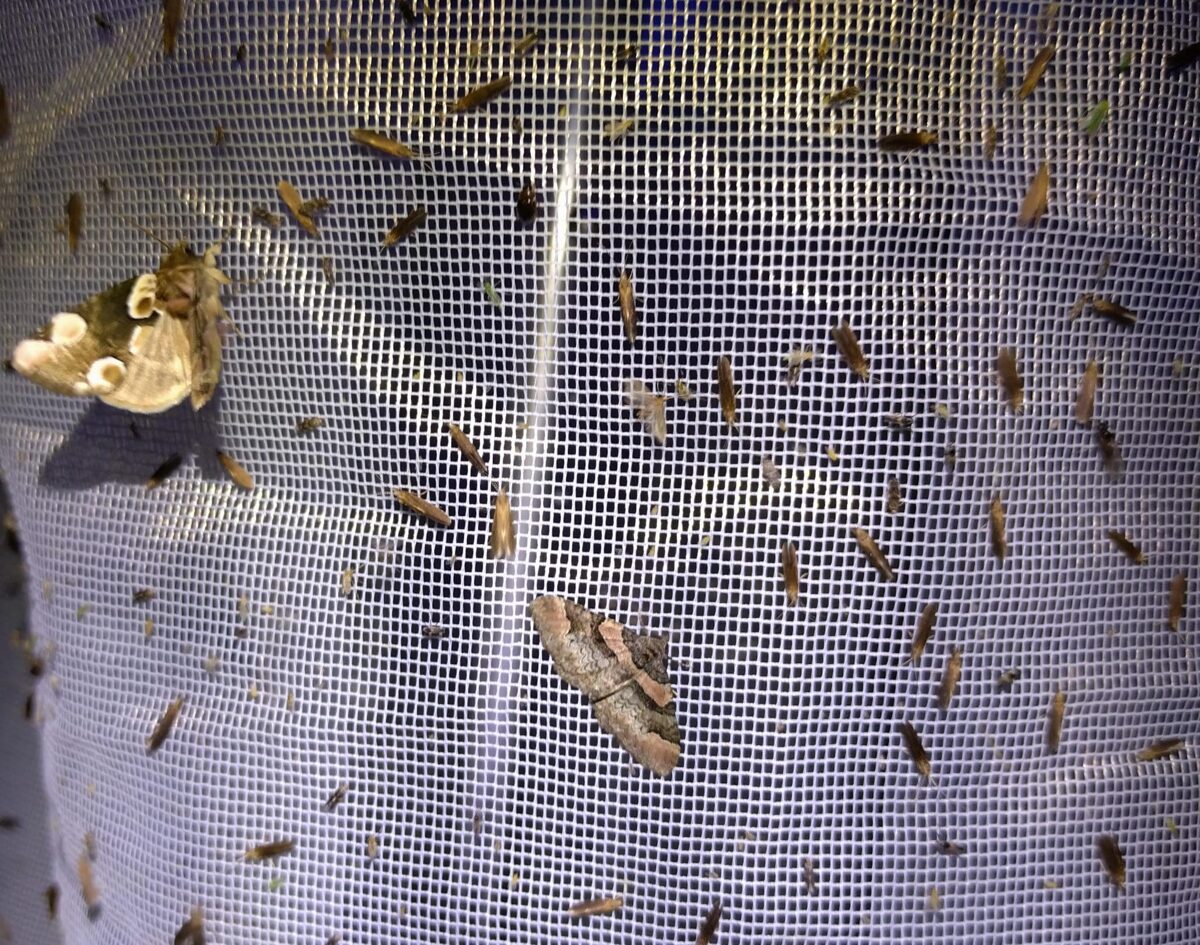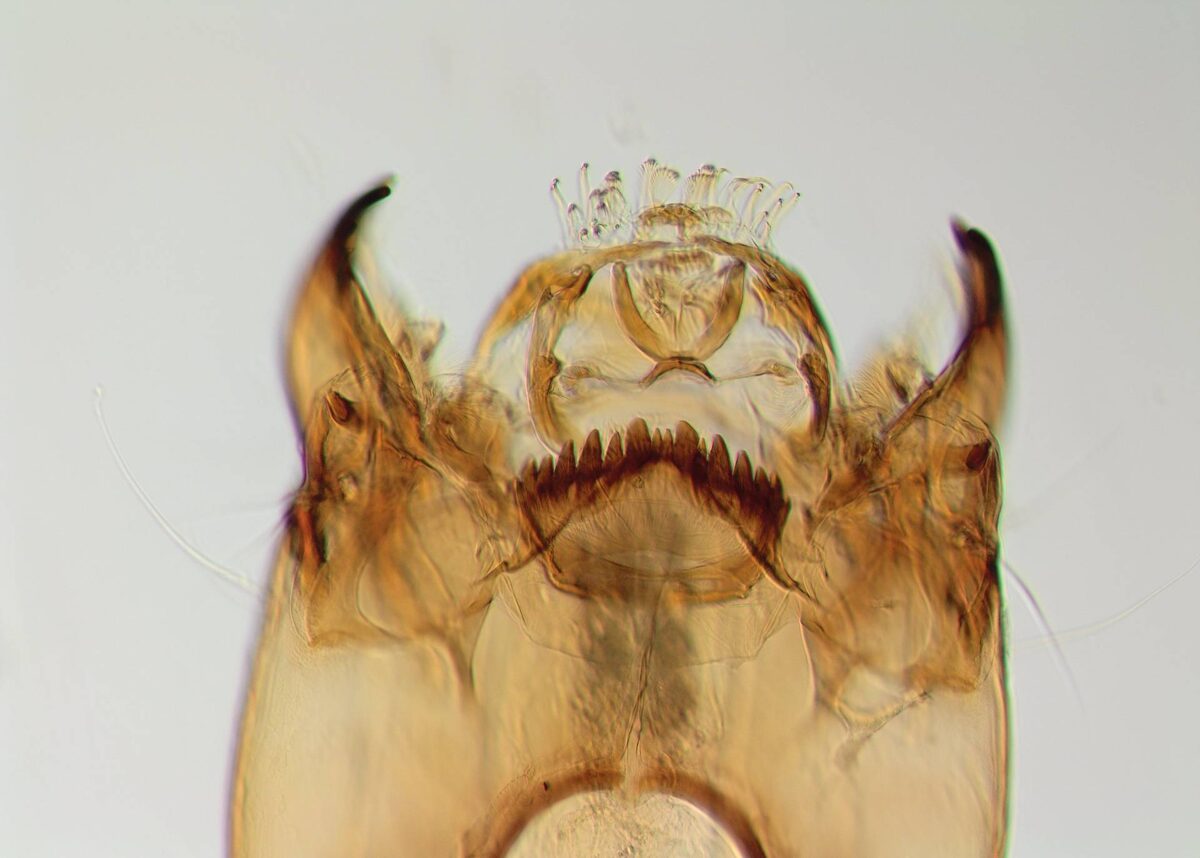MACUN LONG-TERM MONITORING PROGRAMME
The long-term monitoring programme initiated in 2001 by the Swiss National Park in the high-altitude Macun cirque began with establishing the distribution patterns of macroinvertebrates, with a particular emphasis on the taxonomic composition of invertebrate assemblages in streams and ponds. The initial steps of this monitoring included identifying and documenting these assemblages. A second step involved addressing specific taxonomic challenges associated with certain obscure groups, such as the Chironomidae, to enhance the accuracy of species identification and ensure a reliable assessment of biodiversity patterns.
ICP WATERS
RHONECO - RHONE RIVER RESTORATION PROJECT
In 1998, a large restoration program was launched for the French Rhône to (1) increase minimum flow rates in by-pass sections, (2) rehabilitate connections with secondary channels and backwaters, and (3) restore migratory pathways for large migratory fishes. A cooperation between water managers, scientists and stakeholders led to the development of scientific surveys to evaluate the success of this restoration involving the collection and the management of data, the establishment of new protocols for restoration assessments and the development of predictive models (Lamouroux et al. 1999, 2007).
For more information:
EUROPONDS PROJECT
There are thousands of ponds across Europe, from Lapland to Mediterranean islands and from remote areas to densely populated cities. Most of them provide habitats for animals like aquatic insects and others, even rare species. Ponds also contribute to habitat connectivity and enable organisms to cross the landscape in their function as “blue stepping stones”. Insects emerging from such ponds can be rich in both biodiversity and dietary energy. They provide food and essential fatty acids for terrestrial and avian consumers (bats, birds, spiders, lizards) and thus, important ecosystem services. However, the knowledge about the ecological role of emerging insects from ponds, and their contribution to biodiversity and dietary energy transfer to consumers of adjacent ecosystems is limited. With this project, we aim to fill this gap of knowledge answering some unresolved questions: how does the trophic status of ponds affect the biodiversity and energy content of emerging insects? How different are ponds from various regions, e.g., cities vs. remote areas, in supporting insect biodiversity? Such questions are to be answered through a highly collaborative network of around 80 young freshwater scientists within EUROPONDS.
This project is funded by European Federation of Freshwater Sciences (EFFS).
Text from L. Fehlinger et al.
For more information: https://europonds.jimdofree.com/


